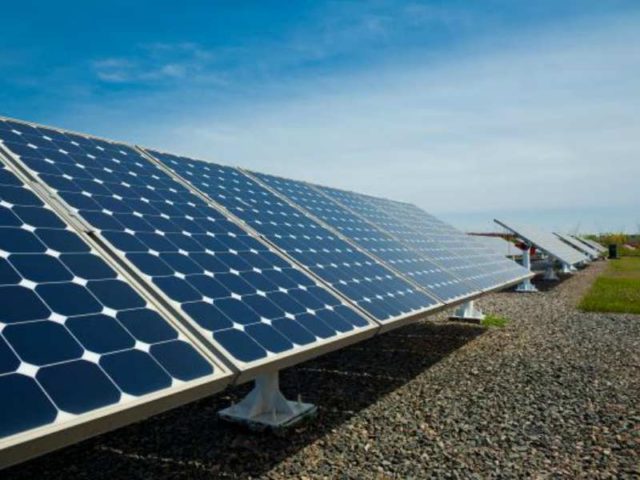
Solar Energy Powered House
Of all the sources of renewable resources, solar power creates one of the most focused. Possibly it’s because the sunlight is such a powerful long-term fixture that we have the ability to connect it with sustainability. The wind seems short-term naturally as well as the sea is almost unusual. Whatever the factor, solar energy controls the alternate energy market. Among the latest opportunities to be explored concerns transportation. Much more specifically it relates to solar-powered roads.
Back in October 2009, Scientific American included a post on a particular Mr. Scott Brusaw that, with funding from the United States Division of Transportation, was considering different ways in which to make solar road panels. Brusaw is an electric engineer by trade, however, after being inspired by a throw-away comment from his other half chose to start Solar Roadways and construct solar road panels constructed from glass.
The goal is to have the large network of roadways in the US produce sufficient energy to power the whole nation and after that some. Yet, at the time there were (as well as still are) 2 issues with the plan:
1) The price would be substantial.
2) The type of glass called for hasn’t been created yet.

Brusaw continues to be undeterred. For the past two years or two, he’s been active in building prototypes and screening present glass technology. Much of this time has actually been invested in attempting to balance optimum transparency (for solar absorption) with a grasp to ensure that lorries do not glide off the road. He’s additionally been attempting to justify financing. Many people believe that it would certainly be less complex and less expensive to create solar ranches instead of embedding solar modern technology right into streets.
For something, solar farms are already around and don’t call for much in the method of research and development. Solar roads, on the other hand, are totally new. The R&D still requires funding, existing roads would have to be collected as well as new ones laid, and also as soon as that’s done it would certainly be a major task to keep the technology present. Bursaw is determined that the roadways would certainly spend for themselves however the payback period has been approximated at two decades and also it’s not unreasonable to anticipate modern technology to have actually progressed substantially because of time.
That’s not to claim that the concept isn’t sound. Scientists from the College of Rhode Island are additionally considering ways to harness solar energy from roads. According to Science Daily, the group has four possible options:
- Cover flexible solar batteries around road obstacles.
- Installed water pipes beneath the road to absorb solar power. Warmed water might after that be piped to where it’s required as well as used for a range of objectives.
- Installed thermo-electric products at different depths in roadways as well as harnessed the electrical power created by the distinction in temperature.
- Change asphalt with solar energy cells – which is remarkably comparable to Busaw’s concept.
Scientific research Daily has also reported on the Pavener Job, which is being run by Tecnalia and led by the Campezo Team. It intends to collect solar energy from asphalt surfaces by means of a system of fluid-filled pipelines, which is similar to remedy two from the Rhode Island study group.
Thus far it looks as though water-filled pipelines are our best choice to make use of the untapped solar power emanating from our roads. But that doesn’t imply we won’t soon be driving on solar energy glass. Head to their website at this link for more info on solar energy.

Tips to Drop Weight Fast
You May Also Like

Choosing the Right Foam Mattress
January 30, 2021
Home Monitored Medical Alert Systems
May 30, 2022

